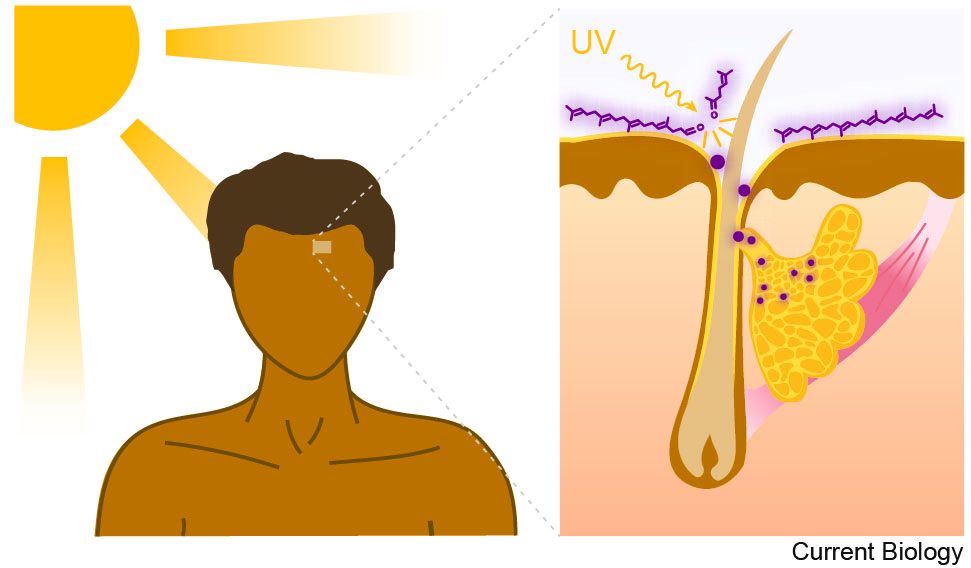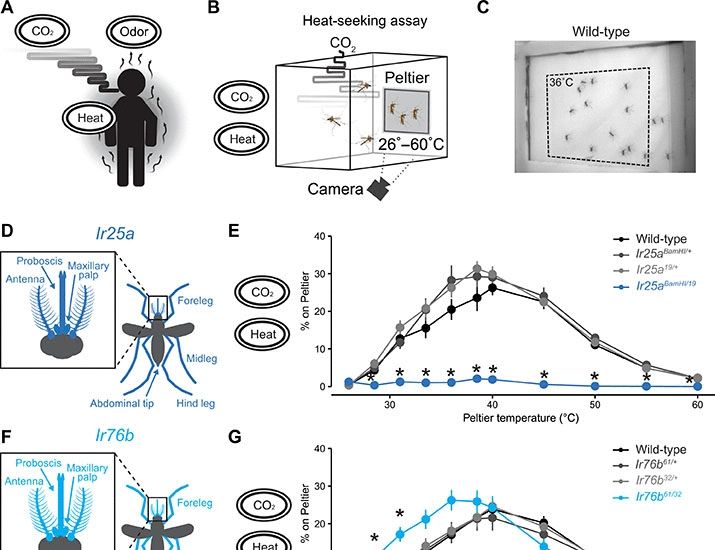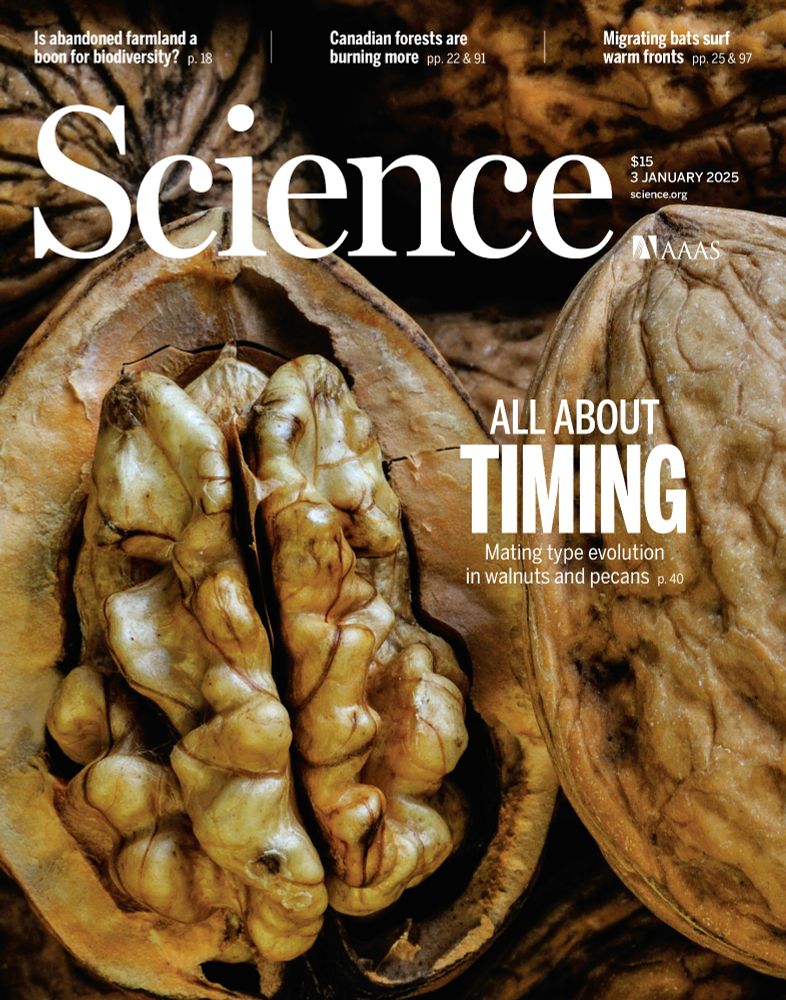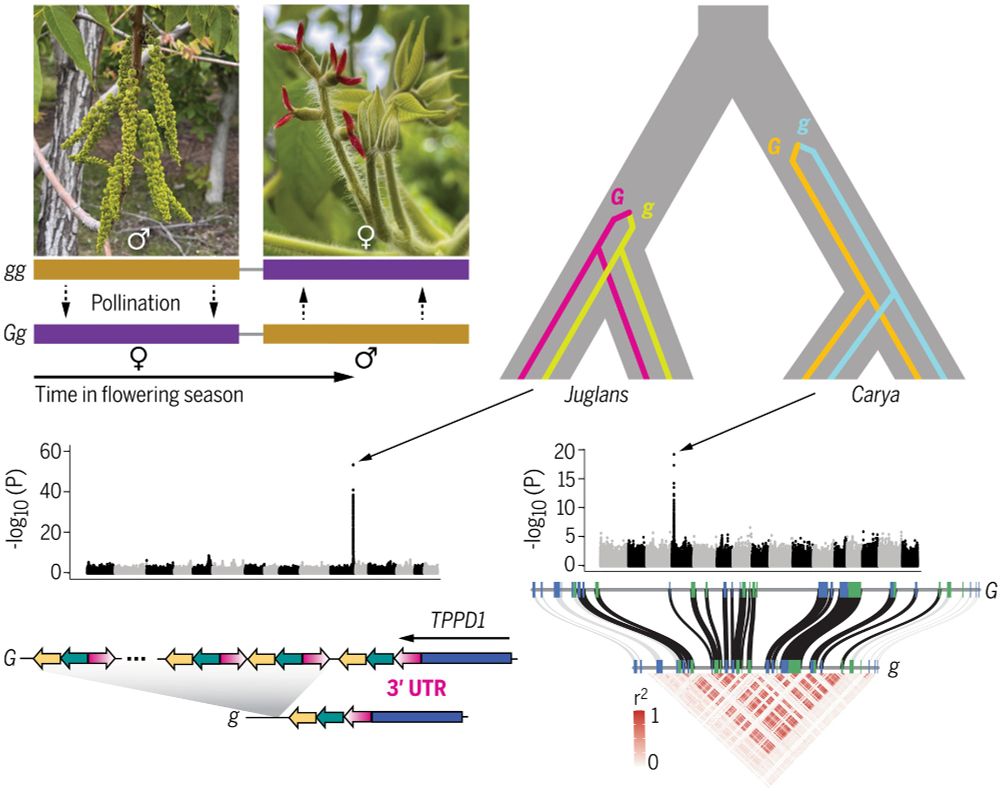Lindy McBride
@lindymcbr.bsky.social
420 followers
180 following
3 posts
Trying to understand how mosquito genomes and brains have evolved to help them exploit humans.
http://mcbridelab.princeton.edu
Posts
Media
Videos
Starter Packs
Lindy McBride
@lindymcbr.bsky.social
· Apr 23
Lindy McBride
@lindymcbr.bsky.social
· Apr 23
Reposted by Lindy McBride
Nadav Shai
@nadavshai.bsky.social
· Mar 5
Reposted by Lindy McBride
Reposted by Lindy McBride
Reposted by Lindy McBride
Carl T. Bergstrom
@carlbergstrom.com
· Feb 8
NOT-OD-25-068: Supplemental Guidance to the 2024 NIH Grants Policy Statement: Indirect Cost Rates
NIH Funding Opportunities and Notices in the NIH Guide for Grants and Contracts: Supplemental Guidance to the 2024 NIH Grants Policy Statement: Indirect Cost Rates NOT-OD-25-068. OD
grants.nih.gov
Reposted by Lindy McBride
Jason Munshi-South
@urbanevol.bsky.social
· Jan 31

Ancient origin of an urban underground mosquito
Understanding how life is adapting to urban environments represents an important challenge in evolutionary biology. Here we investigate a widely cited example of urban adaptation, Culex pipiens form m...
www.biorxiv.org
Reposted by Lindy McBride
Philipp Brand
@pbrand.bsky.social
· Jan 8
Reposted by Lindy McBride
Reposted by Lindy McBride
Richard Benton
@bentonlab.bsky.social
· Jan 17

Multilayer regulation underlies the functional precision and evolvability of the olfactory system
Sensory neurons must be reproducibly specified to permit accurate neural representation of external signals but also able to change during evolution. We studied this paradox in the Drosophila olfactor...
www.biorxiv.org
Reposted by Lindy McBride
Richard Benton
@bentonlab.bsky.social
· Jan 17

An integrated anatomical, functional and evolutionary view of the Drosophila olfactory system
The Drosophila melanogaster olfactory system is one of the most intensively studied parts of the nervous system in any animal. Composed of ~60 independent olfactory neuron classes, with several associ...
www.biorxiv.org
Reposted by Lindy McBride
Jason Rasgon
@vectorgen.bsky.social
· Jan 17

Assistant/Associate Professor of Public Health Entomology
APPLICATION INSTRUCTIONS: CURRENT PENN STATE EMPLOYEE (faculty, staff, technical service, or student), please login to Workday to complete the internal application process. Please do not apply here, a...
psu.wd1.myworkdayjobs.com
Reposted by Lindy McBride
Richard Benton
@bentonlab.bsky.social
· Jan 15
Reposted by Lindy McBride
Reposted by Lindy McBride
Reposted by Lindy McBride





